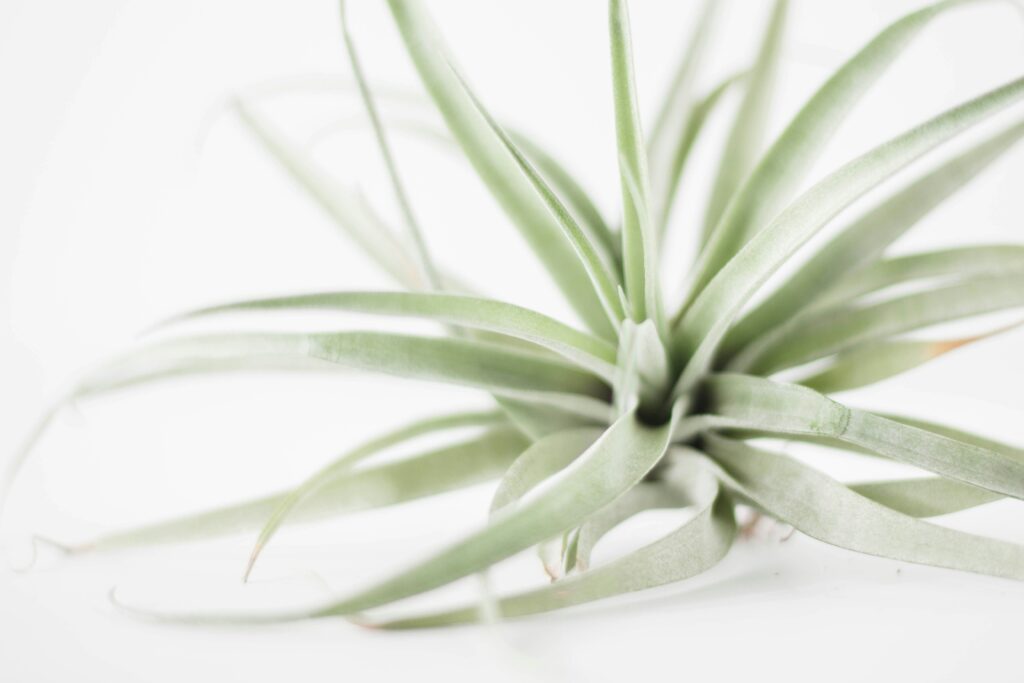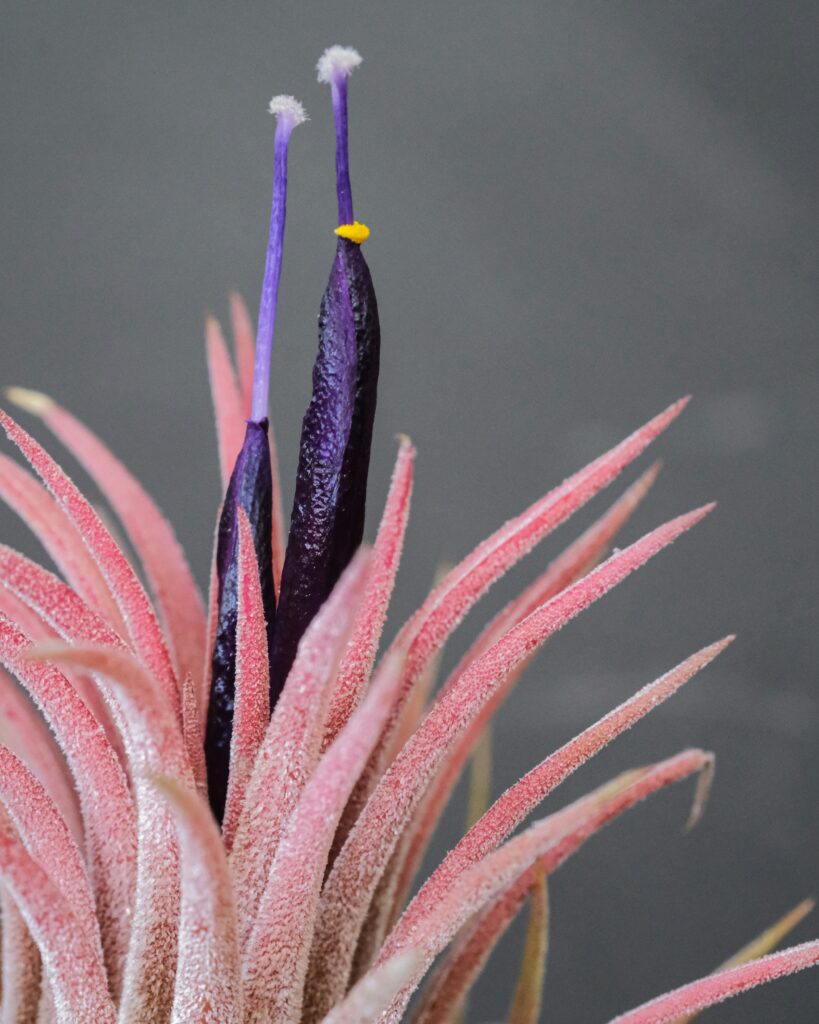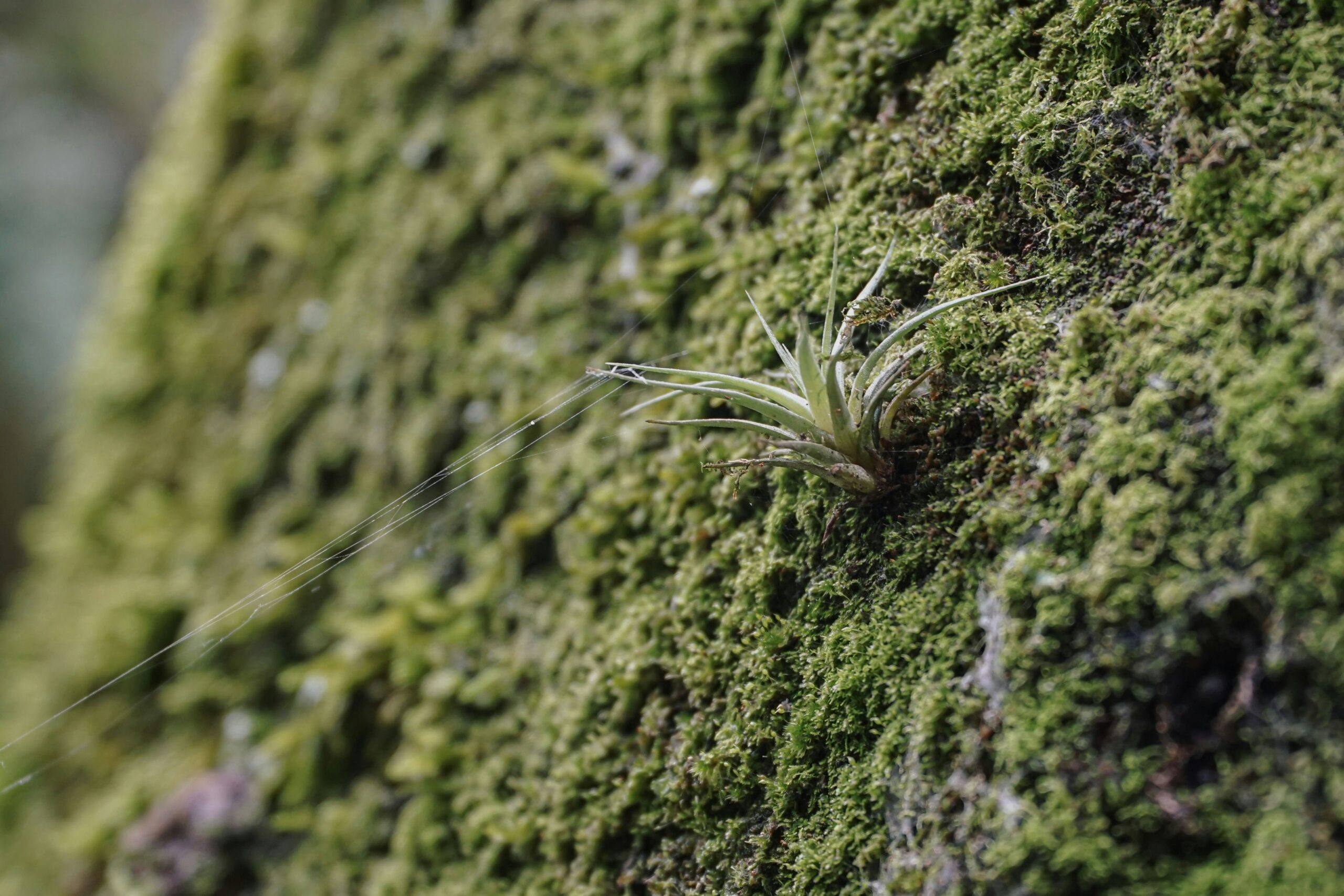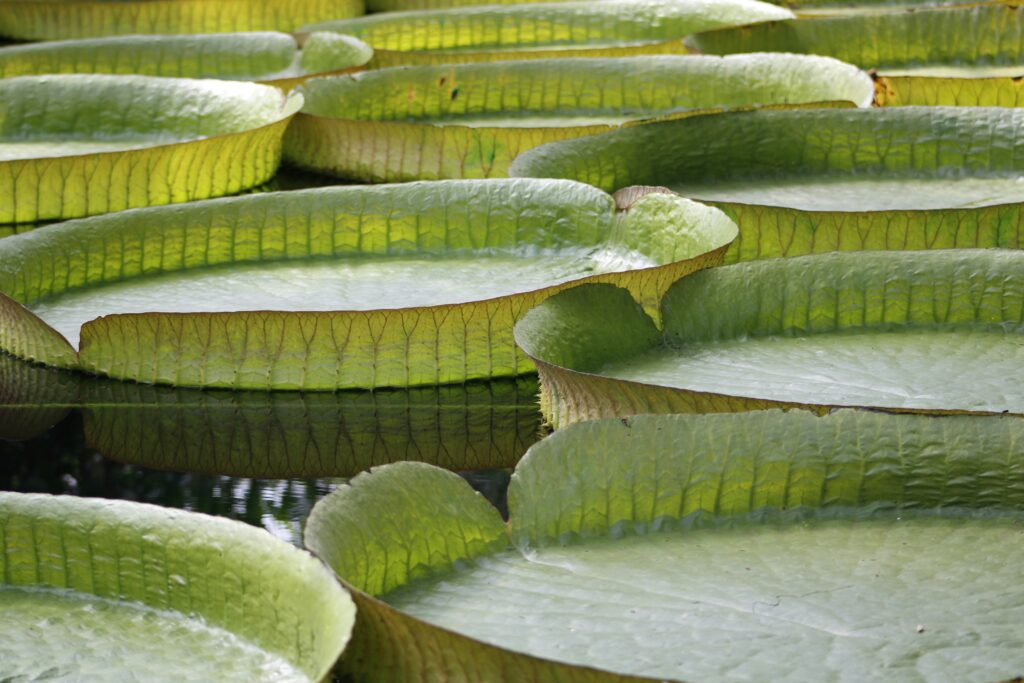Have you ever seen people hang up plants in glass pots without dirt, or strung up on wood trunks? Perhaps you have seen weird plants that looked like a mix between a cactus and a tumbleweed? Chances are, these unique plants are air plants!
Air plants are a group within the genus Tillandsia that grow pretty strangely compared to other plants. They lack true roots and simply appear like a random growth of tough, succulent-like leaves. Many think that they look like an alien creation due to their unique growth and lack of traditional plant features.
What Are Air Plants?
As mentioned, they are a collection of species within the genus Tillandsia. To help you better understand their relation to other plants, they are within the bromeliad family, which is home to other plants such as pineapple.
Air plants are epiphytic, meaning that they grow on top of other plants, hang in trees, or sit atop the soil depending on their native environment. They have specialized trichome (hair-like) cells that allow them to absorb water and nutrients from their environment without needing roots. With this strategy, they can thrive on rainwater, morning dew, and general humidity for years! Even though they live on top of other plants, they are not considered parasitic, as they don’t impart a negative effect on the organisms they rely on for structure.
Despite being contained within one genus, they are extremely diverse, boasting a range of amazing colors, sizes, flowers, and general appearances. One thing that absolutely amazes people about air plants is that they don’t need any soil at all!
Where Are Air Plants Native?

Air plants are home to the neotropics, ranging from parts of North America down to Argentina. They vary in location and ecosystem across their range, with individual species inhabiting forests, mountains, and even deserts.
In forested regions, they tend to live up on trees, growing along the branches and up the bark of the trunk. In contrast, air plants in the desert are actually considered aerophytes, growing small roots that allow them to live just atop the soil.
Can You Grow Airplants?
Air plants are extremely popular house plants that have been increasingly cultivated and cherished over the past few years. They are becoming especially popular in warmer regions, where they can be grown outside and added to sub-tropical gardens.
They tend to grow best in areas that receive bright, indirect light. Air plants are usually found underneath a canopy of some sort. Most species don’t tolerate high-light conditions too well. Depending on the specific air plant you find, they may vary in what light conditions they prefer.
Watering
Due to their versatile and rugged nature, air plants are also fairly easy to take care of. They only need to be fully watered every week or two on average. If they are kept in regularly humid places, such as a bathroom, you may rarely need to supplement your plant with water.
Most tend to lose their bright green color and take on a white-ish hue when they are thirsty, which makes them easy to care for! To fully water yours, you should submerge it in room temperature water for 30-60 minutes. After, make sure to shake out your air plant gently and allow it to fully dry. Avoid leaving your air plant soggy, as that can lead to rot. Intermediate misting can prolong the time in between full waterings.
Fertilizing
While it isn’t a necessity, air plants can also benefit from regular fertilization. To fertilize your air plant, you can add a half or quarter concentration of a liquid fertilizer to one of your regular waterings.
If you live in a state that is native to air plants, or at least has similar conditions for parts of the year, you can also grow them outside. If your area regularly freezes every year, you should keep your air plants inside over the winter.
Do Air Plants Flower?

One of the most spectacular parts of an air plant is its flowers. Species can have a range of floral appearances, with some producing white, red, purple, and even yellow flowers. When they flower, they may also change the color of their leaves slightly in an attempt to attract pollinators.
Unfortunately, the beauty of air plants doesn’t last forever, as each plant will only bloom once during its lifetime. On the bright side, many of these blooms last for a very long time! Luckily, they can also produce small outgrowths of clonal babies that are called “pups” around the time they flower. These pups can be separated from their parent plants and grown separately to produce entire new air plants!



